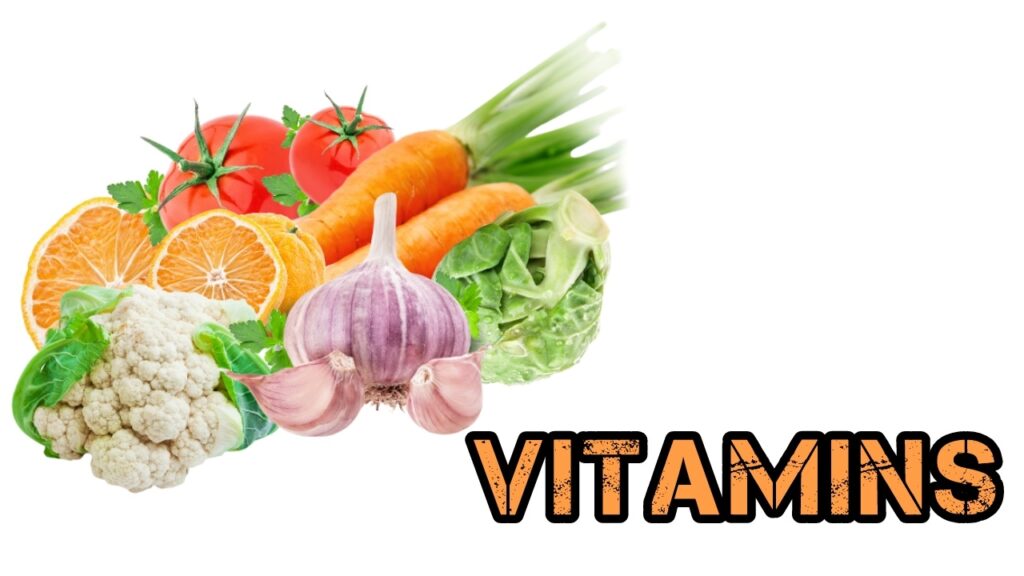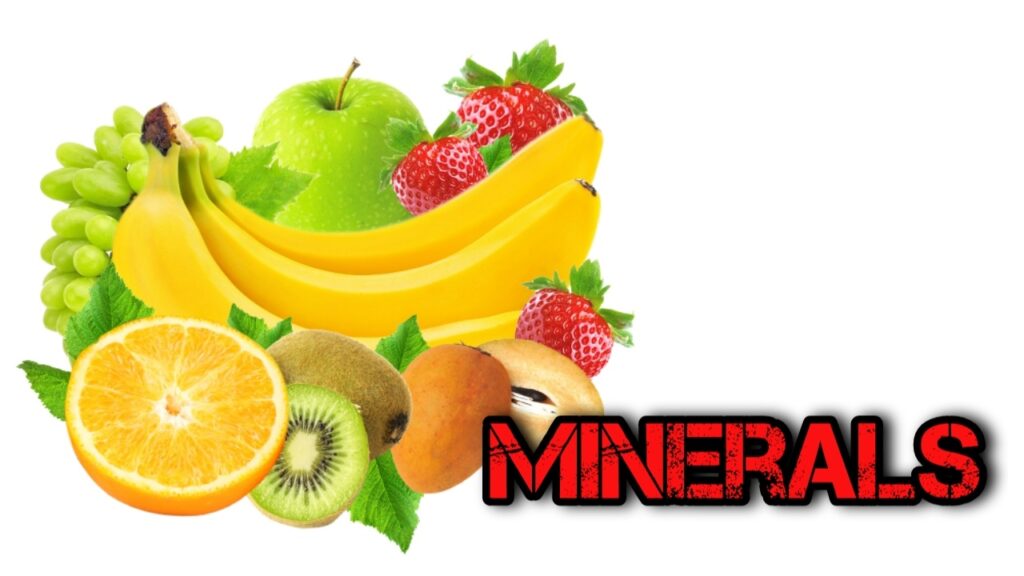Food is any substance consumed to provide energy or nutritional support for a living organism. Food is usually of plant or animal origin and contains essential nutrients, such as carbohydrates, fats, proteins, vitamins, or minerals.
Since the dawn of time, man has been fed on food. Man has never gone without food for an extended period of time. Food has existed from the beginning of time. To thrive, all plants and animals require nutrients to survive.
The substance is ingested by an organism and assimilated by the organism’s cells to provide energy, maintain life, or stimulate growth.
In this post, we’ll look at the various classes of food, as well as some examples and functions. If you want to learn something today, I strongly advise you to study this article thoroughly.
The Six Classes of Food and Their Functions Are;
Carbohydrates
Carbohydrates are one of the most consumed class of food. Carbohydrates contain a lot of starch and supply glucose to the human body, which the body transforms into energy to help the body function efficiently.
Bread, beans, milk, popcorn, potatoes, cookies, spaghetti, soft drinks, corn, and cherry pie are just a few examples of carbohydrate-rich foods. They also come in a range of shapes and sizes. Sugars, fibers, and starches are the most common and abundant types. Carbohydrate-rich foods are an important part of a balanced diet.
Sources of Carbohydrates: The healthiest carbohydrate sources are unprocessed or slightly processed whole grains, vegetables, fruits, and legumes, which provide vitamins, minerals, fiber, and a variety of phytonutrients.
White bread, pastries, sodas, and other highly processed or refined meals are all unhealthy sources of carbs. These foods are high in easily digestible carbohydrates, which can cause weight gain, obstruct weight loss, and promote diabetes and heart disease.
Proteins
Protein’s importance can be seen in the muscle-building process, in the transmission of messages, and in hair growth. Protein is high in energy; this energy can be obtained from the meat we eat, and this meat provides additional resources for the development of complex nervous systems and a healthy brain.
A high-protein diet is essential for children, pregnant and nursing women, and those healing from an accident because of this energy.
Sources of Proteins: There are also ten important proteins that humans require but cannot produce on their own. That means the only way we can receive these essential proteins is through our diet. Beans, meat, dairy, eggs, whole grains, soy products, and legumes are a good sources of protein foods.
Fat and Oil
Fats are a great source of energy. Approximately no more than 35% of our daily calories should come from fat.
Fat protects internal organs, but too much of it might be harmful. Fat is also a good insulator, and fat stored just beneath the skin helps to keep the body warm. Because fat cells secrete and store oestrogen, females need a certain amount of body fat to sustain menstruation function.
Fat and oil are generally portrayed and categorized as a single entity. Fats are fatty compounds that are solid or semi-solid triglycerides, whereas oils are transparent liquids.
Sources of Fat and Oil: Beef, lamb, pork, butter, cream, milk, cheeses, coconut oil, palm oil, and cocoa butter all include saturated fats. Saturated fat must be replaced by unsaturated fat. Eat more fish, avocados, nuts, and seeds, as well as plant-based oils and spreads like flaxseed oil and soya spread.
Vitamins
Vitamins are complex organic molecules contained in food that supports nearly every human system, including the immune system, brain, and neurological system. Many of them aid in the conversion of food into energy and the utilization of glucose, fat, and protein by the body.
Vitamins A, C, B6, and D are among the 13 essential vitamins that the body requires to function properly. Vitamins are necessary for clear vision, healthy skin, and strong bones.
Vitamins are powerful cancer prevention agents and reduce the risk of lung and prostate cancer. Vitamin C, for example, strengthens the immune system and aids the body’s recovery.

Sources of Vitamins: Eat foods that are as fresh and unprocessed as possible to acquire extra vitamins in your diet. Choose fruits and vegetables that were grown near you rather than those that had to go halfway around the world.
Cooking veggies as light as possible while maintaining their crunchy texture is a good idea. Slow cookers and long cooking methods should be avoided. Vitamins are best preserved by microwaving, steaming, or pressure-cooking veggies.
Minerals
Minerals are natural elements that can be found in the soil. Plants absorb them, and we consume them, or animals eat them, and we eat them. As a result, minerals can be obtained from both animal and vegetable sources.
Minerals play a variety of tasks, from structural to regulatory, such as calcium in bones and teeth and sodium and potassium in fluid balance and muscle contractions.
Because minerals are “elemental,” they cannot be easily destroyed by heat, light, or air, they do not decay in the same way as vitamins do.

Sources of Minerals: Minerals include calcium and iron amongst many others and are found in meat, cereals, fish, milk & dairy foods, fruit & vegetables, and nuts.
Water
Water, along with carbs, proteins, and lipids, is one of the most significant macronutrients. We can survive without food for a little longer (about 8 weeks) than we can without water (only a few days). Water causes a 12 percent loss in body weight, which is usually lethal.
Our bodies are made up of about 65 percent water, which helps with absorption, digestion, excretion, and nutrient circulation.
Water is also necessary for maintaining and spreading our body’s temperature. Our bodies’ working joints and eyes are also lubricated by water.
It also aids in the flushing of toxins, the supply of vitamins to cells, body hydration, and clogging prevention.
Lack of fluids may cause you to become tired, making fixation and execution more difficult. It plays a larger role in the body’s absorption, body temperature regulation, reproduction, food transit, oxygen transport, and other chemical issues.
In conclusion, The six main classes of foods are;
- Carbohydrates
- Protein
- Fats and Oil
- Vitamins
- Minerals
- Water
Comments are closed.